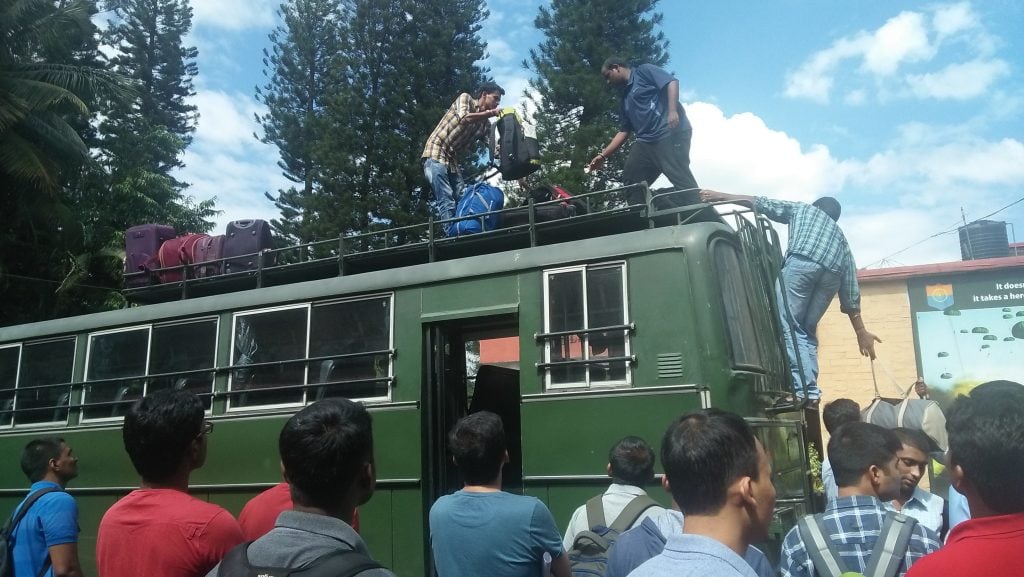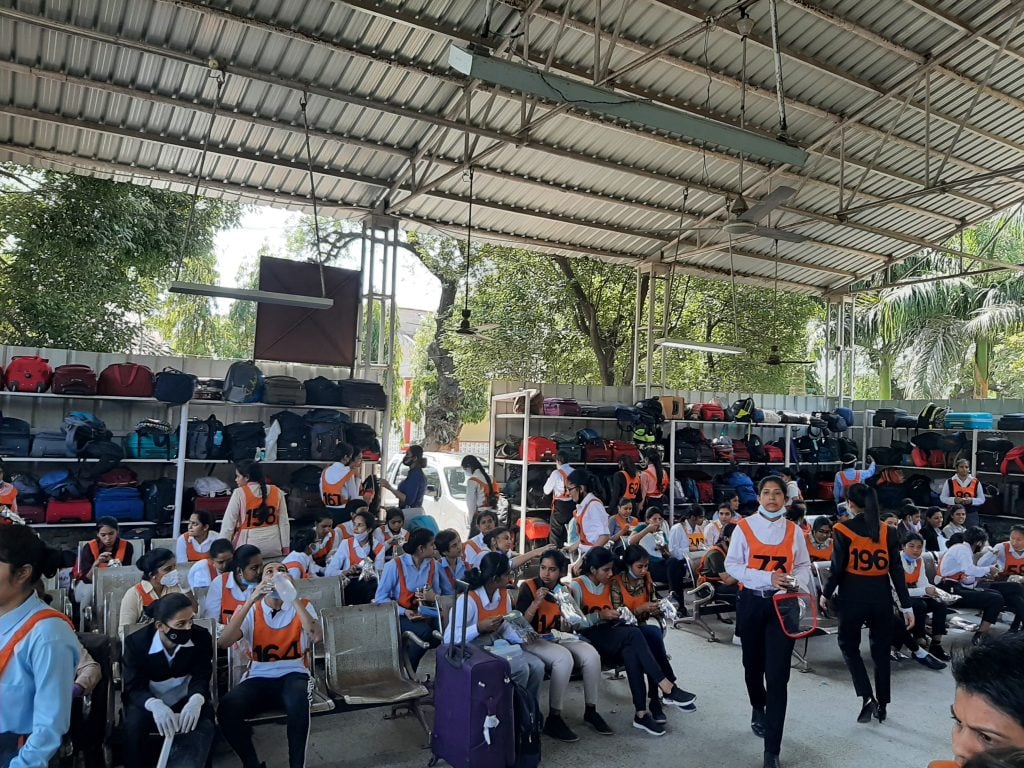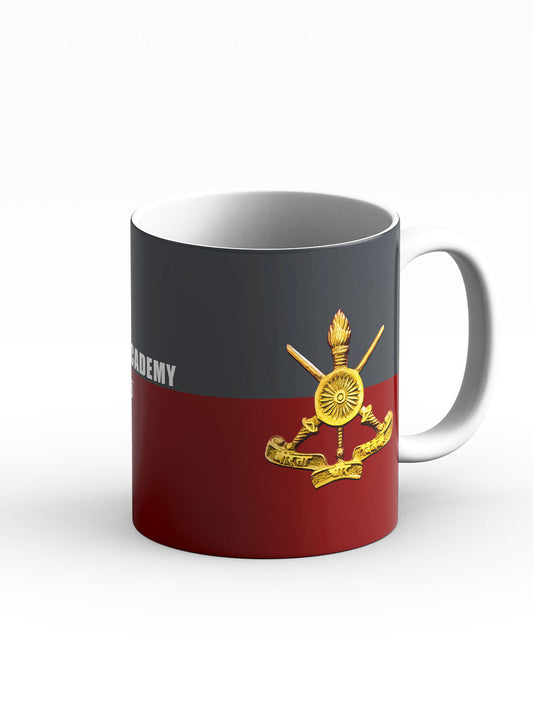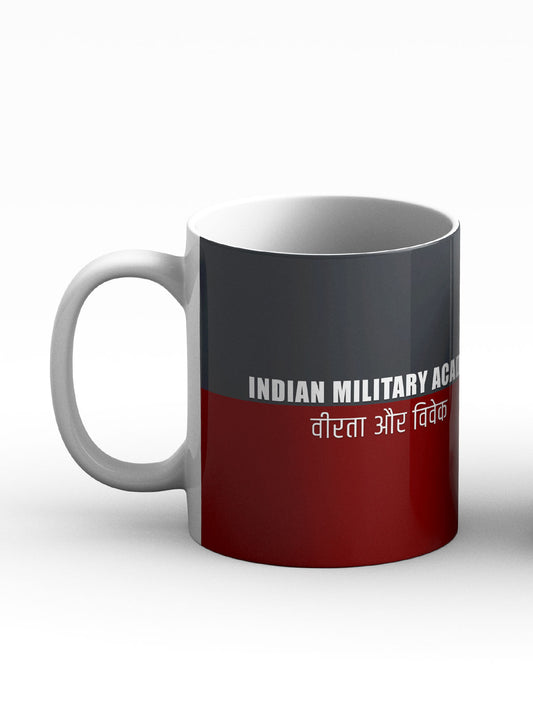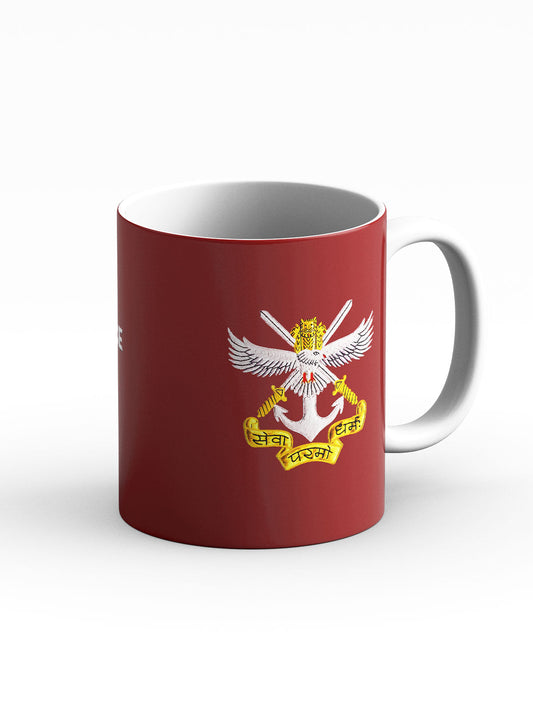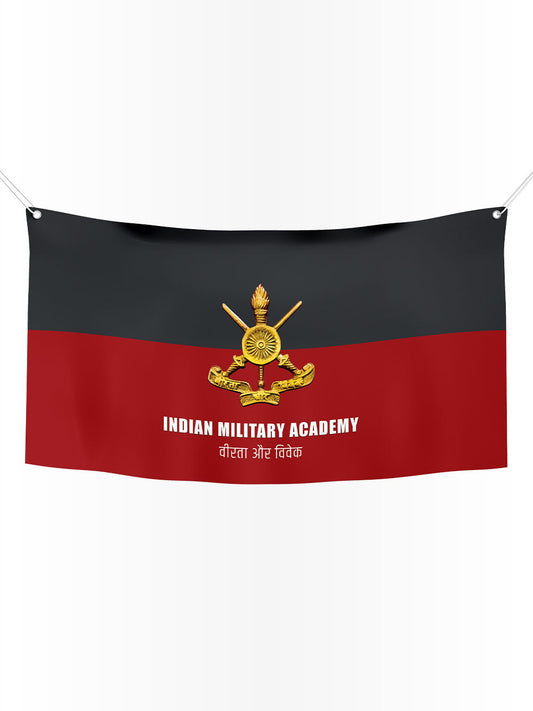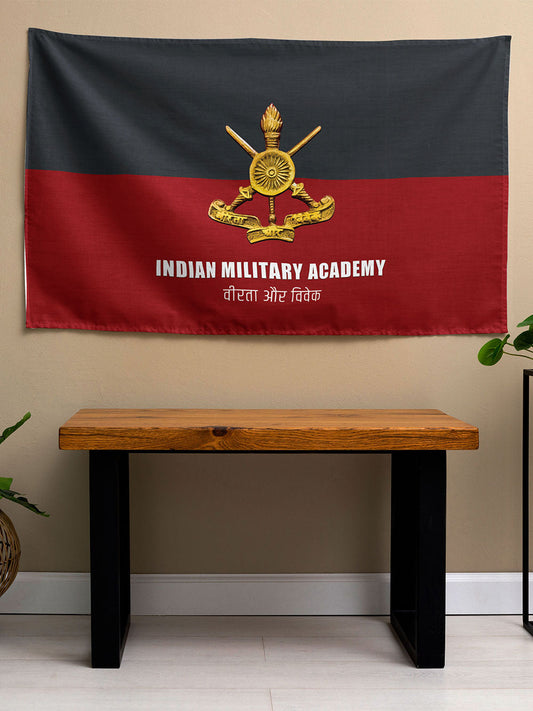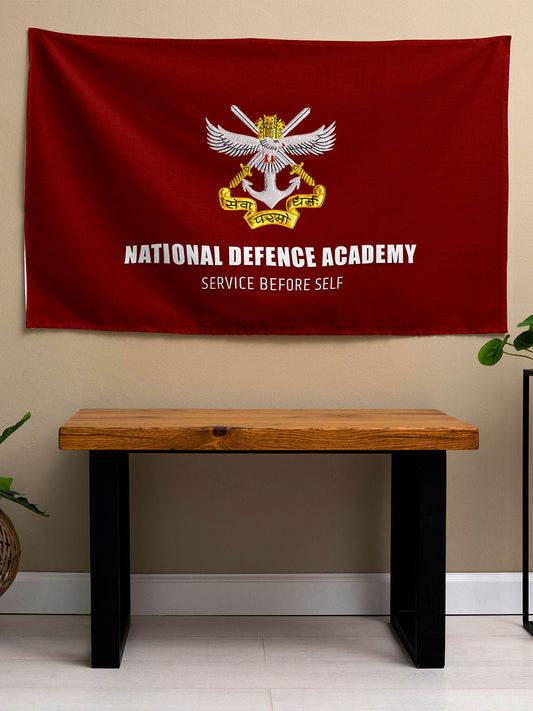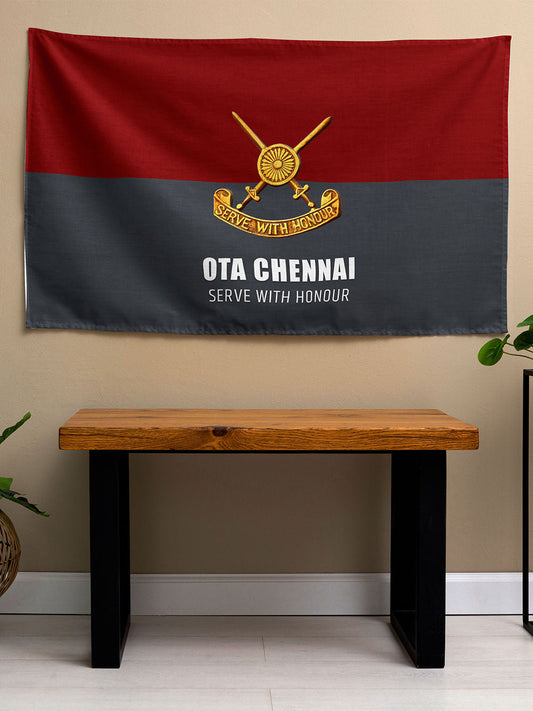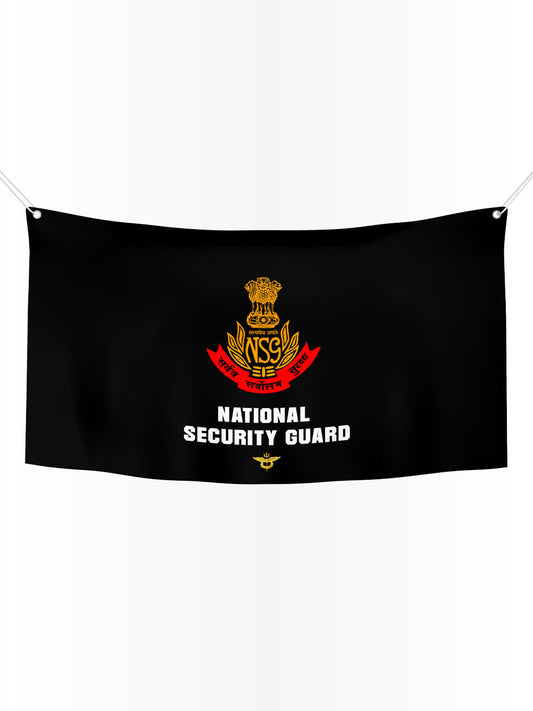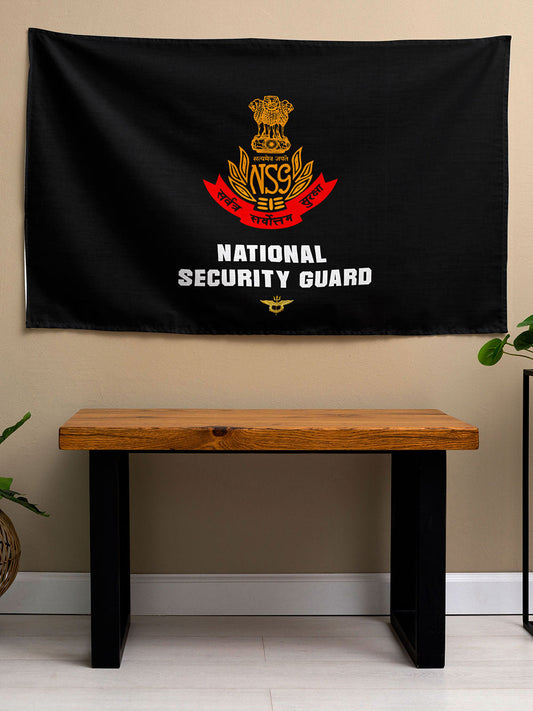Complete Guide to the 5-Day SSB Interview Process 2025 for Aspiring Military Officers

Military leadership necessitates high standards, and the Services Selection Board (SSB), also known as the SSB Interview, ensures this through its stringent selection process. Annually, only about 5-10% of candidates secure a recommendation. The SSB Interview stands out globally as a rigorous five-day evaluation designed to test the potential of officers. Candidates are subjected to a series of challenges that assess their physical fitness, psychological preparedness, and intellectual capabilities. This evaluation process is crucial in shaping the future leadership of the Indian Armed Forces, identifying officers to lead the nation's defense forces.
The SSB Interview poses significant challenges for many aspirants due to its multi-faceted assessment system. Each day presents unique tests ranging from the initial screening to the final conference that evaluates leadership qualities. These systematic challenges assess the essential traits required for military leadership.
This comprehensive guide explains each aspect of the five-day SSB Interview process. Those preparing for entry into NDA, CDS, AFCAT, or other defense services will find it an invaluable resource in meeting the SSB's rigorous standards with confidence and professionalism.
🚀 Order Now - SSB Interview Books Power Pack: 4 Essential Books for Defence Aspirants
Understanding the SSB Selection System
The selection of military leaders demands a methodical approach. The Services Selection Board employs a sophisticated two-stage system utilizing various assessment techniques to identify future officers.
Overview of Selection Stages
The SSB Interview is structured into two stages. Stage-I evaluates candidates through Officer Intelligence Rating tests and Picture Perception exercises.
Stage-II involves a deeper analysis through psychological assessments, outdoor tasks, personal interviews, and a final conference to make the final recommendations. Each stage provides insights into a candidate’s personality and potential as an officer.
Role of Different Testing Officers
Three experienced assessors are involved in the evaluation process:
- Interviewing Officer (IO): Experts in personal assessment who examine leadership qualities and personality traits.
- Group Testing Officer (GTO): Evaluators who assess candidates through outdoor tasks to gauge officer potential.
- Psychologist: Professionals who analyze the psychological profile of candidates through specialized tests.
Evaluation Criteria and OLQs
Military excellence is built on 15 Officer Like Qualities (OLQs), which are the foundation of SSB’s evaluation principles. These qualities are organized into four primary categories:
- Leadership Potential: An amalgamation of intelligence and decision-making skills.
- Teamwork Capabilities: The ability to maintain social harmony and a cooperative attitude.
- Professional Competence: Skills in organization and clear communication.
- Personal Attributes: Courage and determination.
The rigorous standards of the SSB Interview are reflective of their responsibility toward national security. Selected officers are expected to embody personal sacrifice and inspire the same in their troops. Candidates are tested through unfamiliar situations, under stress, and in leaderless environments to assess their leadership abilities.
The guiding principle of "Manasa, Vacha, and Karmana"—alignment in thought, word, and deed—ensures that selected officers possess the intellectual and practical leadership qualities required for military service.
📱Download Now : SSB Interview Study Material [ Pack of 17 eBooks ]
Day 1: Screening Tests
The first day of the SSB Interview serves as the initial test of a candidate's potential to become an officer. Candidates face two critical screening challenges that determine their progression in the selection process.

OIR Test Preparation Strategy
Officer Intelligence Rating (OIR) requires quick mental agility. Candidates are given two test booklets containing 30-50 questions each, with limited time—17-30 minutes per booklet. Success requires proficiency in both verbal and non-verbal reasoning.
Future officers should:
- Focus on simpler questions first to build confidence and save time.
- Enhance mental arithmetic skills to reduce dependency on writing aids.
- Master basic reasoning principles with accuracy.
Verbal tests assess logical reasoning and mathematical skills, while non-verbal tests challenge pattern recognition and spatial judgment. There is no penalty for wrong answers, allowing candidates to attempt aggressively.
PPDT Story Writing Techniques
Picture Perception and Description Test (PPDT) is a critical gateway to the next stages. The test involves:
- 30 seconds for observation
- 60 seconds to capture details
- 240 seconds to draft a narrative
Success requires:
- Clear identification of the main character
- Strategic story development over time
- Positive themes that reflect officer-like thinking
Group Discussion Success Tips
Group discussions test leadership skills in dynamic settings. Candidates must demonstrate leadership while supporting group success. Key strategies include:
- Tactical Communication: Contribute at least twice meaningfully during discussions
- Strategic Balance: Support valid viewpoints while defending personal positions
- Command Presence: Steer discussions back on track and engage quieter members
This exercise tests both individual capabilities and the ability to work cohesively as a team. True leaders foster cooperation without compromising their leadership stance.
Also Read: CDS SSB Interview Process
Day 2: Psychological Tests
The second day of the SSB Interview introduces the scientific evaluation of candidates' mental aptitude and personality traits through psychological tests. These assessments delve into thought processes and decision-making abilities, which are crucial for military leadership.

TAT Story Writing Framework
The Thematic Apperception Test requires candidates to demonstrate narrative skills through 11 visual prompts and one blank slide. Effective responses should exhibit:
- Clear story architecture with a beginning, middle, and end
- Positive narratives incorporating leadership themes
- Realistic solutions
- Characters showcasing initiative
Candidates should craft stories that reflect real-world solutions, avoiding exaggerated dramatics. The blank slide offers an opportunity to display personal leadership experiences.
WAT Response Strategies
The Word Association Test presents 60 rapid challenges, with each word requiring a 15-second focused response. Success demands:
- Response Formation: Craft concise sentences that reflect leadership qualities
- Time Management: Engage actively with at least 55 words
- Negative Word Tactics: Transform challenges into opportunities
SRT and SDT Preparation Tips
The Situation Reaction Test presents 60 scenarios requiring quick, tactical responses within 30 minutes. Success demands:
Situation Reaction Test:
- Realistic solutions
- Consistent responses
- Strategic prioritization
Self Description Test:This 15-minute test requires:
- Clear display of officer-like qualities
- Consistency with interview responses
- A balanced portrayal of strengths and areas for growth
Day two's psychological evaluations require precise thinking, emotional strength, and sound judgment to measure readiness for military leadership.
Day 3: GTO Tasks Part 1
The third day of the SSB Interview immerses candidates in hands-on leadership challenges. Group Testing Officer tasks are designed to test tactical skills and leadership presence.

Group Discussion Techniques
Two discussions, each 20-25 minutes long, test candidates' potential as officers. Successful strategies include:
- Battle Presence: Command respect with valuable contributions while respecting others' views
- Tactical Communication: Be concise and avoid monopolizing the conversation
- Strategic Leadership: Take charge when discussions stray from the objective
GPE Planning Methodology
The Group Planning Exercise requires precise execution:
| Phase | Duration | Activity |
|---|---|---|
| Reading | 5 minutes | Mission analysis |
| Planning | 10 minutes | Strategy formulation |
| Discussion | 20 minutes | Team solution crafting |
Future officers must:
- Understand mission parameters during the reading phase
- Prioritize effectively
- Deploy resources tactically
PGT Success Strategies
Progressive Group Tasks challenge leadership with increasing complexity. Success requires:
-
Battle Strategy:
- Ensure clear communication
- Utilize resources wisely
- Adapt as tasks grow complex
-
Command Presence:
- Take initiative when needed
- Allocate team members effectively
- Motivate the team towards success

